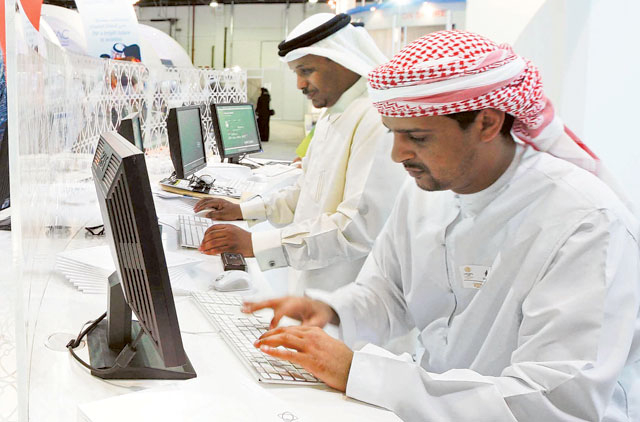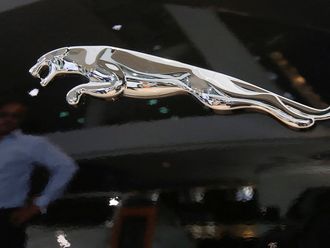In the past few months, we have been inundated with information about the explosive growth of ecommerce, and even predicting the imminent demise of retailing as we know it. The news is perhaps driven by developments in the US market, where there is no doubt that Amazon has shaken the foundations of existing structures, forcing many retailers and brands to course correct and regroup.
All this information floods into our inboxes in real-time, creating a big stir.
But how significant has this change really been in our region? The answer is... not much yet. With all the hype around even the larger ecommerce players, the dent in retailer sales is not significant. While it is increasing rapidly, one recent estimate carried in Forbes estimated the total ecommerce business for the region at just $2 billion (Dh7.3 billion) in 2016.
Compare this with the projected total retail business in the GCC, recently estimated by Alpen Capital to be $250 billion in 2017. And this is expected to continue to grow by 25 per cent per year in the next few years with new properties under development, increase in populations and projected tourist flows.
At the same time, a real churn is taking place in the ecommerce space here. Sites are popping up - many of them me-too sites with nothing to distinguish themselves. Quite a few are disappearing as well, being closed, sold or merged. Some large players have been struggling to get going.
This large number is eagerly competing for the same customers with the same products, often using the same suppliers, many with dubious backgrounds offering uncertain products. It is quite evident that it will take at least another one to two years for the market to settle down, for customers to experience and mature as online shoppers, for logistics and delivery systems to get streamlined, and for internationally accepted ecommerce practices to be established.
Meanwhile, the quality of the buying experiences varies greatly.
For now, players with the capacity will continue to dig into deep pockets and burn money, employing more and more people, spending increasing amounts on digital advertising and social media. I am sure we are also going to see an increasing battle for eyeballs as ecommerce sites go above-the-line, especially outdoors, to gain speedy recognition and acceptance as the stakes become higher.
Two trends are worth mentioning. There is a growth in specialised sites that are able to bring a point of difference to the customer. Sites focused on niches such as high fashion, pre-used branded products, and specific segments such as furniture or children’s products are able to offer known brands, or take advantage of the confidence in the suppliers.
The second trend is the clear shift in the customer journey. Customers carry out online comparisons at their convenience rather than having to go from shop to shop to do their research physically. Once the products, brands, features and prices are checked out, they visit and pick up the products at conveniently located stores.
Realising this, Facebook and Google are both working to set up systems which will enable marketers to understand this attribution of offline sale to online search or the use of social media. However we are still in the infancy of this level of information.
While a lot of the pre-information is provided by brands, much of it is also obtained from ecommerce sites. As the level matures and improves, this source of information will become even richer, which will also help established offline retailers who carry certain products.
The flow towards digital media is reflected in the increasing A&P budget allocations, projected to be growing in the region of 20 per cent year-on-year. Overall regional advertising spend is however dropping.
Between January to April, GCC ad spend dropped 22 per cent to $1.7 billion from $2.1 billion in 2016. As customers spend more time in front of their screens or on their handheld devices this is becoming their source of first resort for purchase information. The level of understanding and skill of digital advertisers is growing quickly and they are able to address these customers with greater accuracy, even retargeting and following them until their journey is completed.
The retail landscape is changing, but how quickly will depend on the larger ecommerce players maturing their business models and establishing accepted international trading practices which will render the me-too entrants irrelevant. Till then, retail stores will continue to grow.
The writer is a senior executive with a leading retail company in Dubai. These are his own opinions.














